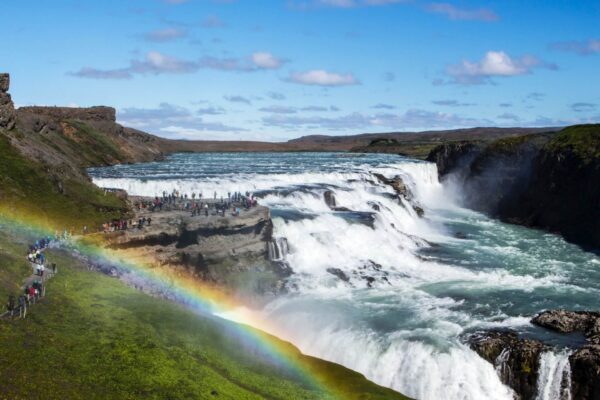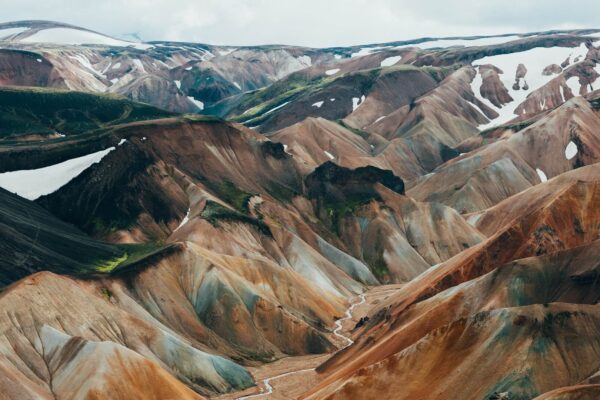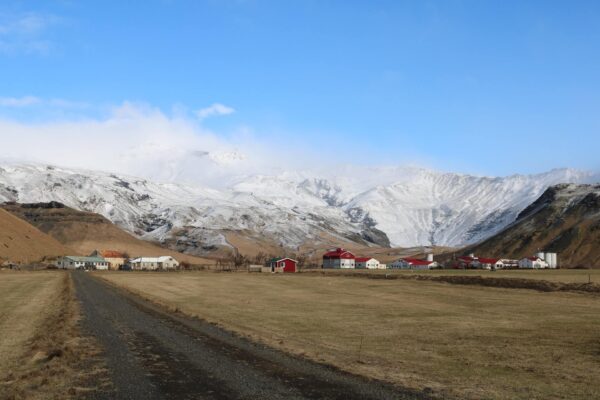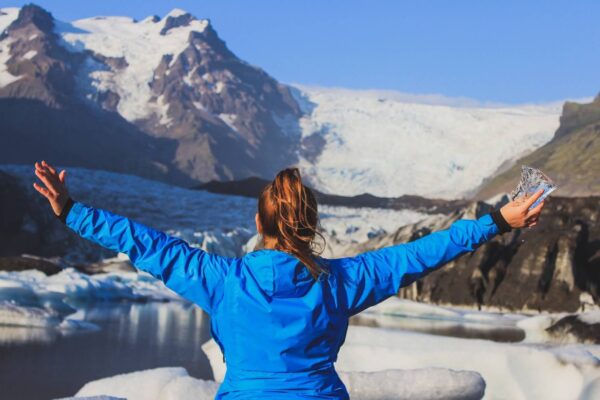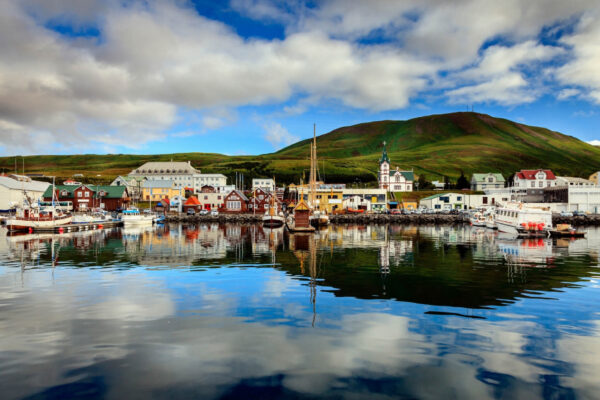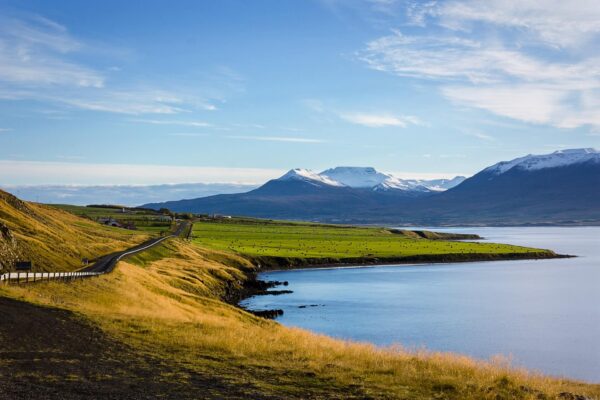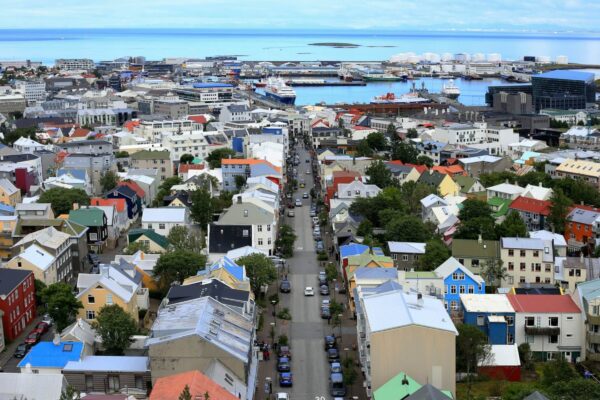The Vestmannaeyjar, or Westman Islands in English, may not be the best-known destination in Iceland, but they are definitely worth a visit: here you will find unspoilt nature, spectacular panoramic views of the sea and, last but not least, peace and tranquillity. Find out all about this extraordinary archipelago here.
Where are the Vestmannaeyjar and what makes them so special?
The group of 14 islands, 30 skerries and 30 rocks lies south of the Icelandic coast. With an area of 13.4 square kilometres, Heimaey (“home island”) is the largest of the islands and the only one that is inhabited. A total of 4,300 inhabitants live here.
The name “Westman Islands” goes back to Irish slaves who fled to the islands after killing their masters. They were called Westmen by the Norwegians.
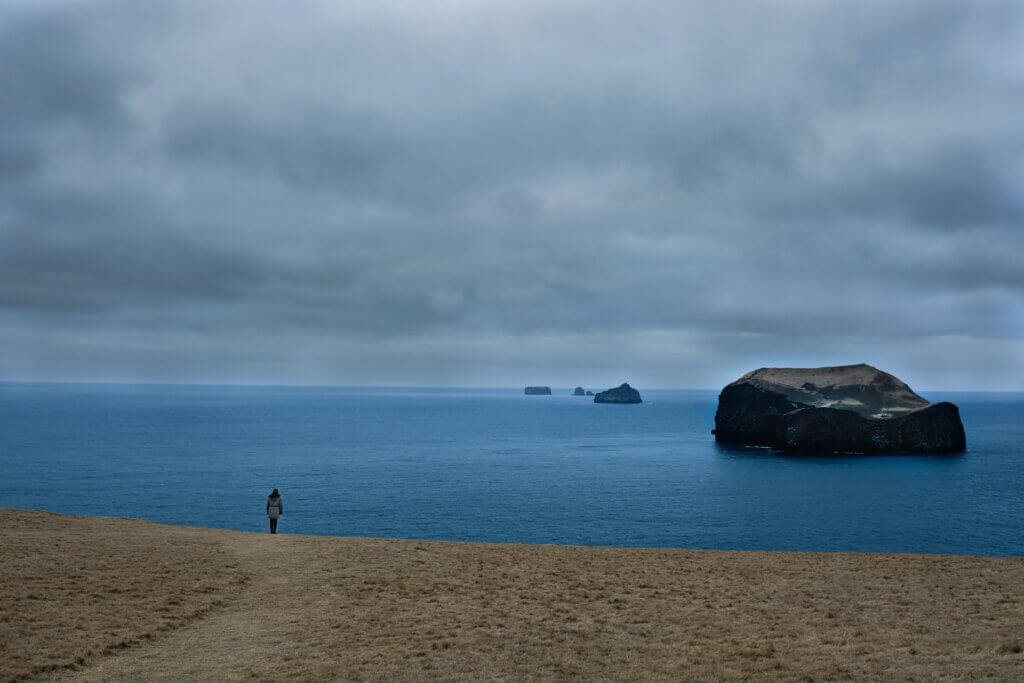
The history of the Westman Islands, as they are known in English, is unique and adds to their special charm: They are connected to a submarine volcanic system and were thus gradually formed by undersea volcanic eruptions . The oldest islands emerged from the water around 10,000 years ago. The newest was created by a volcanic eruption in 1963, which madeVestmannaeyjar world-famous.
The island, which was formed from magma within 4 years, is now called Surtsey and is the southernmost point of Iceland. It is the second largest of the Vestmannaeyjar afterHeimaey and has been declared a UNESCO World Heritage Site. However, it is not accessible to visitors and may only be entered for scientific purposes.
Sights and activities on the Westman Islands
If you are planning a trip to the Vestmannaeyjar, you should consider beforehand whether you would like to make a day trip (for example fromReykjavík) or a longer stay with an overnight stay. The archipelago has a lot in store for nature lovers, so it may be worth staying a little longer.
Heimaey: cultural and historical sights
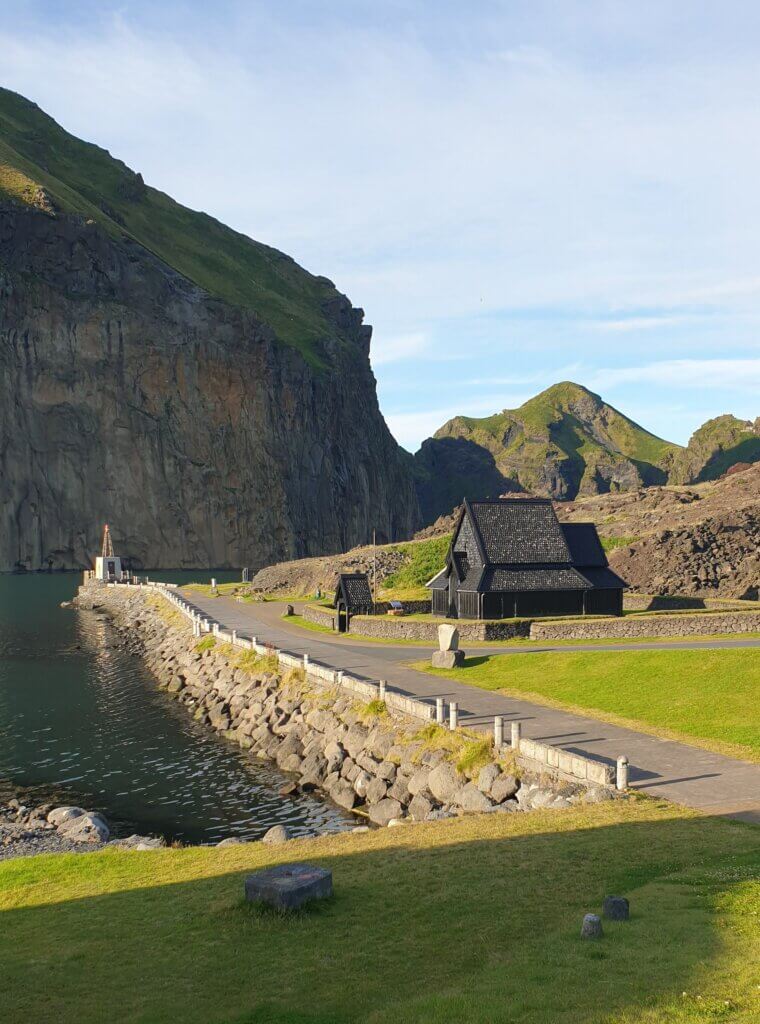
Most of the attractions can be found on the main island of Heimaey, including the stave church of Heimaey or “Stafkirkjan”. It is located near the harbour and is a replica of a medieval church built in 2000 to mark the thousandth anniversary of the adoption of Christianity in Iceland. Near the church is the 16th century fortress “skansinn”.
Heimaey also offers organised bus tours and a 1.5-hour boat tour around the island. Both should be booked in advance.
There are also several museums, such as the town museum and the “Eldheimar” museum, which deal with the devastating volcanic eruption of 1973. The medical museum “Landlyst” is located in Iceland’s first maternity ward.
Nature and landscape of the volcanic islands
Other popular activities include hikes to the many volcanic peaks on the islands. A particular highlight is the ascent to the 200 metre high crater Eldfell over the black lava field Kirkjubæjarhraun.
It is also known as the “Pompeii of the North” , as the eruption of Eldfell in 1973 buried several streets and houses under the cooled rock. From the summit, you have an impressive view over the town of Heimaey, the harbour and the lava field. On a clear day, you can also see the glaciers of Iceland’s south coast.
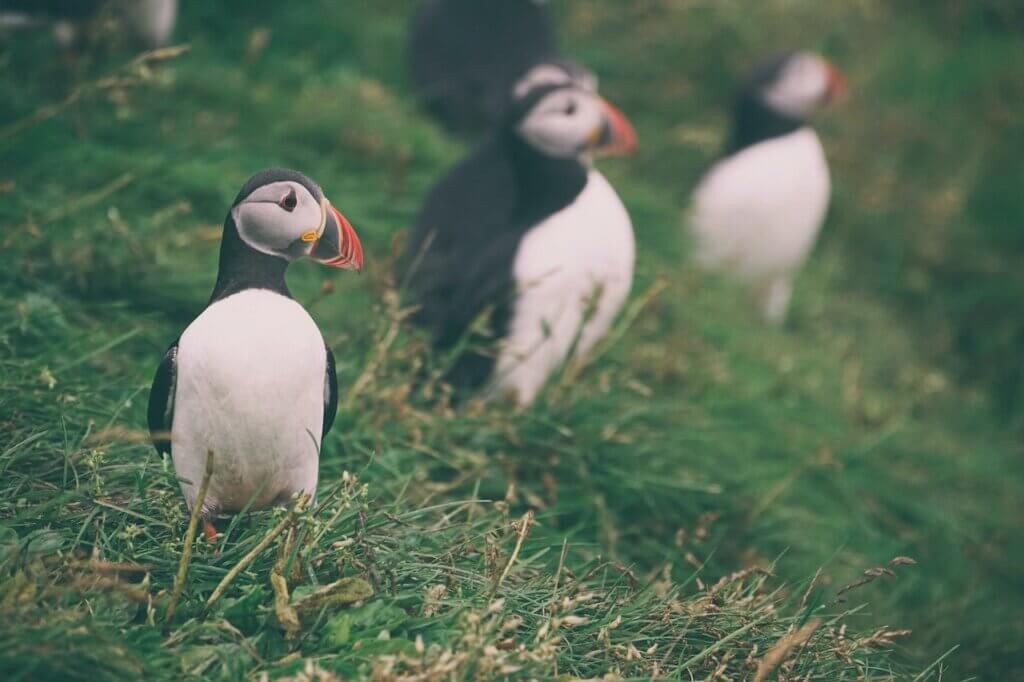
There are also several stretches of beach on the Vestmannaeyjar where you are sure to find peace and quiet. You also need to be quiet to observe puffins: The largest colony in Iceland lives on the archipelago and their breeding season begins in April.
The best place to observe them is Stórhöfði, a breeding site on the southernmost tip of Heimaey. But beware: it is also the windiest place in Europe.
Travelling to the Vestmannaeyjar
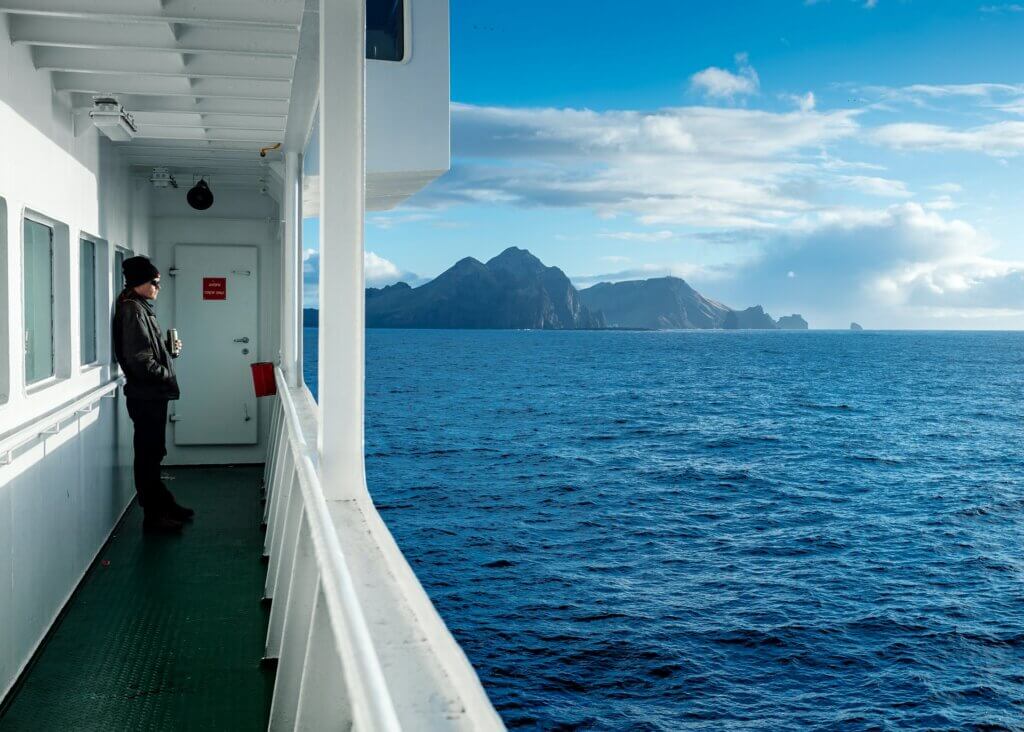
To get to the Vestmannaeyjar archipelago, you can take a domestic flight from Reykjavík to Vestmannaeyjar. You can reach the islands in just 25 minutes. Alternatively, the ferry “Herjólfur” departs from Landeyjahöfn harbour, which only takes 30 minutes to commute to Heimaey.
However, a car is not absolutely necessary onVestmannaeyjar and can also be parked directly at the harbour if you want to get around on foot.
The ideal time to visit Vestmannaeyjar is in late spring and summer. In winter it is particularly cold and windy, some restaurants are closed and the crossing to the islands takes considerably longer. If you want to see puffins, the best time to visit is between April and August.
Accommodation and hotels on the Westman Islands
If you are planning a longer stay on the islands, it is best to book your accommodation in advance. Because if you decide spontaneously, you run the risk of everything being fully booked. However, there is a selection of different types of accommodation, such as hotels, guesthouses, holiday flats and even campsites (including glamping in cabins).
